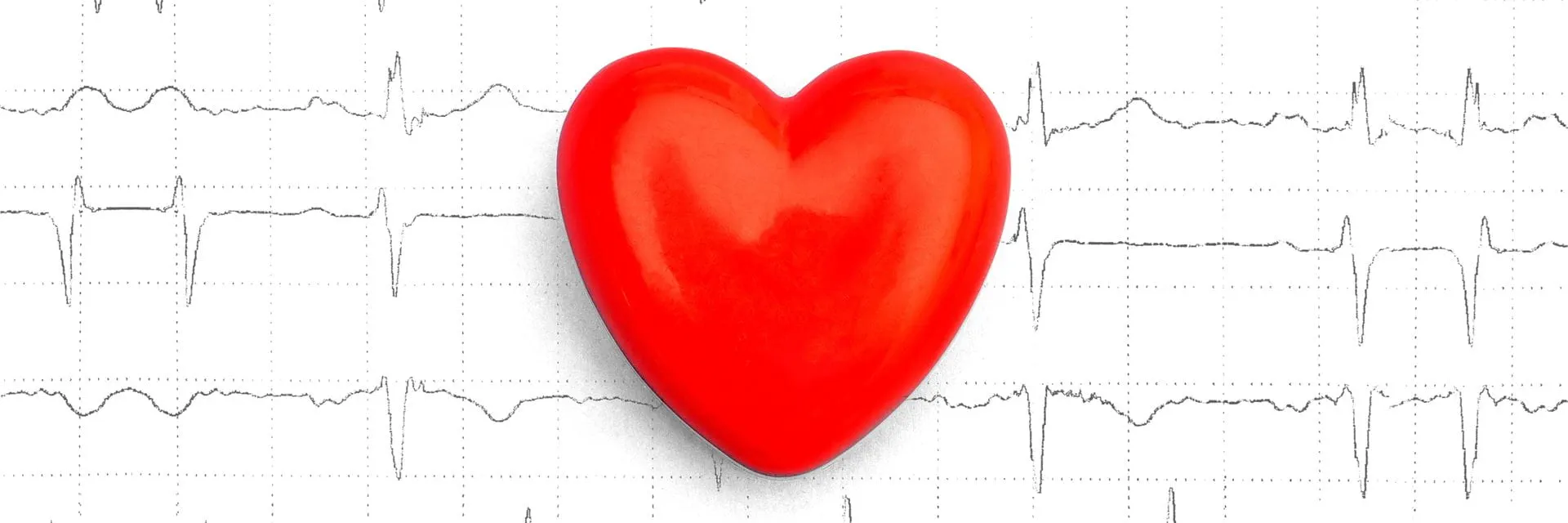What is the average heart rate for an adult?
A normal heart rate can vary from person to person and it will depend on factors such as body size, age and lifestyle. So, how to define a normal heart rate for an adult in average, and how do you measure it? We’ll talk you through the basics below.
The resting heart rate
The NHS guidance indicates that the average rate at rest for adults is usually between 60 and 100 beats per minute (BPM). This varies based on a person’s lifestyle and activity: the average ‘exercise heart rate’ – for people who are really active, like athletes – could even be slightly lower.
The average heart rate when active
It’s harder to define what your ‘exercise heart rate’ should be, as your age, lifestyle and the type of exercise you are doing can all have an impact. In terms of getting an idea of your fitness, it’s better to work out:
- The maximum heart rate for your age, in order to find out the highest level the heart rate should reach when exercising. This can help you pace yourself.
- The target heart rates for your age, the range you would ideally aim to keep a normal BPM.
How many beats per minute is normal?
According to the British Heart Foundation, we can work out our max heart rate by taking away our age from 220. For example, if you are 50-years-old, you would do the following calculation:
220 – 50 = 170 beats per minute (BPM)
Using this figure, we can work out a target range for your heart rate by multiplying by 50% and 70%. So, for a 50-year-old, this would be:
170 x 50% = 85 BPM
170 x 70% = 119 BPM
Therefore, if you’re 50, your average heart rate should be between 85 and 119 BPM.
How to measure heart rate: 3 simple ways
Taking your pulse is very simple, here’s how you can measure your heart rate easily:
- At your wrist. Place your two forefingers on the inside of your wrist, towards the thumb side and between the tendon and the bone. Set a timer and count your pulse for 30 seconds, then times this by two to find out the BPM number.
- At your neck. Tuck two forefingers on your neck, just to the right or left of your windpipe. Set a timer and count as before.
-
Using a heart rate monitor. These are available to buy on the high street, from chemists and from some large supermarkets.
You can work out an average heart rate by measuring your BPM multiple times, adding them together, and then dividing by the number of times you’ve measured it.
Whichever method you use:
- Measure your pulse when you’ve just woken up to find out your average resting heart rate.
- Repeat after you’ve done at least ten minutes of aerobic exercise – that is, anything that increases your heart rate and breathing – to see the upper range of your heart rate, which can then be compared to your target.
How to maintain a normal heart rate?
Exercise is key to maintaining a healthy heart. The British Heart Foundation recommends 150 minutes of moderate intensity exercise every week. Moderate exercise can include brisk walking, jogging, cycling and dancing.
Test the level of intensity by talking while you’re exercising. If you feel slightly breathless and warm, but can still hold a conversation, the activity is giving your heart a sufficient aerobic workout. If you have a heart condition, always check with your GP what is a safe average heart rate for you, and the type of exercise that may be suitable.
Maintaining heart health can actually be pretty simple and may just mean making small changes to your lifestyle or diet. Find out more about heart health and cholesterol by signing up to the ProActiv e-newsletter, featuring fitness tips, healthy recipes and many more ways to look after your heart.
This information has been included in good faith, but is for general informational purposes only, and should not be construed as a guarantee. The nutritional facts and statements on this site are designed for educational and resource purpose sonly, not being substitutes for professional advice. If you have any concerns or questions about your health, you should always check with your GP or healthcare professional.

